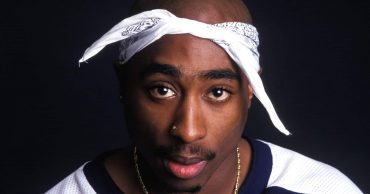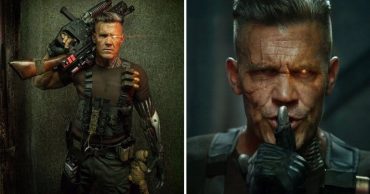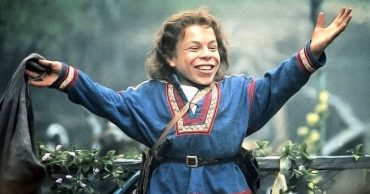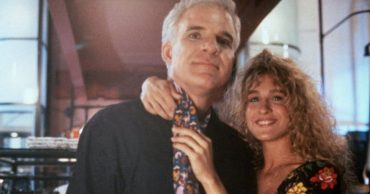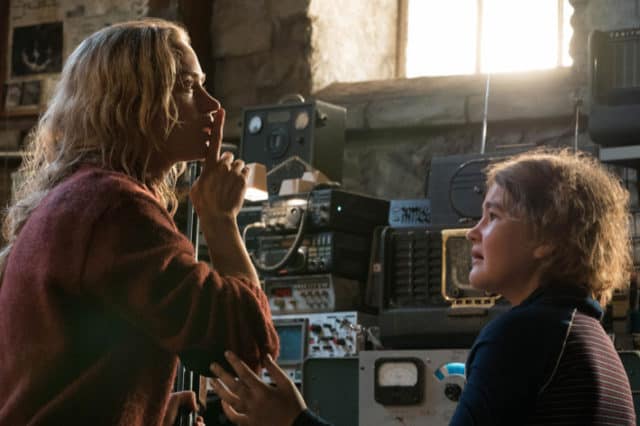
It’s a good time to be a horror fan. Although the genre is often bemoaned for being the lowest common denominator of cinema — noting more than a few cheap kills and teenagers skinny dipping at summer camp — this is often far from the case. Well, at least until the inevitable sequels, that is.
Horror movies have the ability to call upon our most primal instincts: to cause us to shrink away from the shadows absorbing our world and force us to examine the darkest parts of ourselves. And over the last few years, we have been treated to an almost unprecedented number of them.
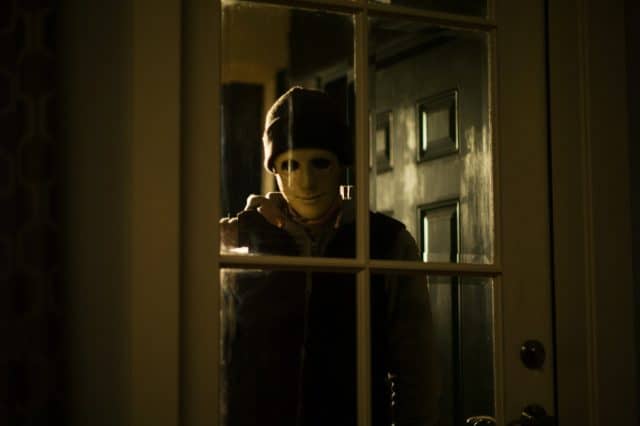
We’ve seen an infusion of arthouse sensibilities into the genre, for one. Between The Witch, It Follows, The Babadook and Neon Demon, hardcore film fans have never had a better reason to turn to the genre. Between the engrossing direction, unique stories and refreshingly stark aesthetic, it offers a welcome relief compared to the slickly produced, glitzy big studio releases that so often dominate the discussion of the genre.
The has also been a revival of retro-infused horror films. Only instead of focusing on the 60s or 70s, like in years past, these movies are focusing on the 1980s: the last decade where cell phones, the internet and the cohesion of the modern world were impractical at best or years away from public dissemination. The most prominent example of this trend isn’t even a movie, but a Netflix series. Stranger Things perfectly captures the terror inherent in a now-alien world where help is not guaranteed and being out alone in the woods meant that you were truly, hopelessly alone. It updated its 1950s set story to take place in the 1980s, making it just as potent a deconstruction of generational nostalgia as the novel was when it was published three decades prior.
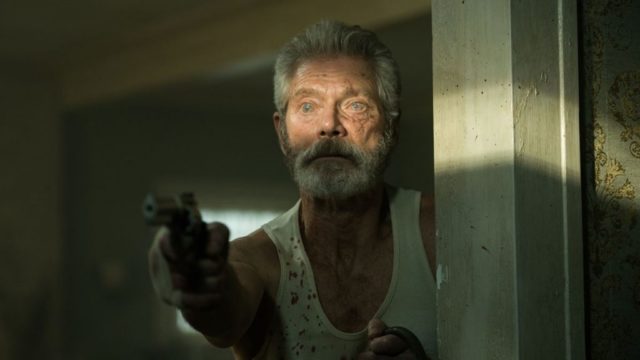
Curiously, however, there is another trend that has spread throughout the genre in recent years: one that at first seems a lot more incongruous than the others. Rather than being fueled by childhood nostalgia or a certain elevated aesthetic, it’s fueled by inclusivity. More specifically, these are movies whose characters — often the protagonists, but occasionally the antagonists — are physically disabled in some capacity.
Examples of this trend in horror films are everywhere, so long as you think to look for it. It most recently cropped up in A Quiet Place: a film whose dialog is almost entirely conveyed via sign language, in part because one of the main characters is deaf and in part because its Tremors-esque premise. Hush, a criminally underseen horror movie distributed exclusively through Netflix, features a protagonist who is a deaf-mute: unable to hear her woodland assailant (and in fact spends much of the movie completely oblivious to the danger posed to her) and unable to so much as call out for help when faced with the certainty of her death by his hand.
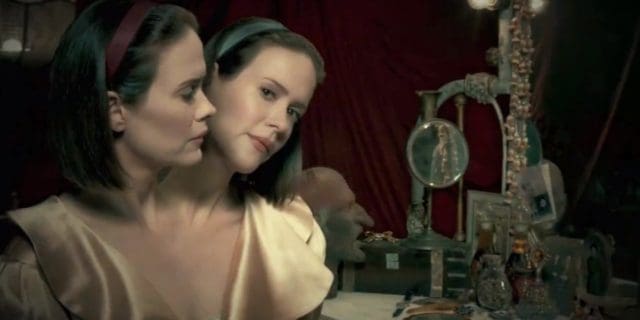
An entire season of American Horror Story was dedicated to the plight of freakshow performers, conveying a full spectrum of physical disabilities and abnormalities. Don’t Breathe reversed this idea by featuring a n incredibly capable villain who was nonetheless blind and endeavored to bring his victims onto equal ground with him.
And if you broaden this list to include those featuring mental disabilities, it opens up an entire new world of entries. The Babadook is a thinly veiled metaphor for its protagonist’s debilitating depression. Split‘s antagonist suffers from Dissociative Identity Disorder. Another Shyamalan film, The Visitors, features sundowner antagonists: dementia patients whose symptoms become more pronounced and aggressive as the day progresses. That’s not even mention the kids from It, all of whom suffer from some sort of trauma or psychological condition.
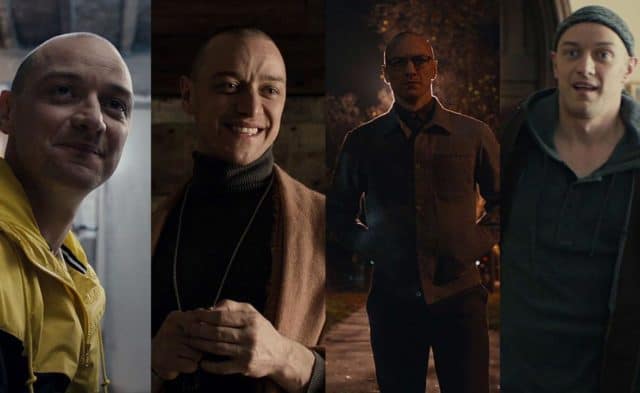
The reasons for these trends generally — and the last trend in particular — may not come into view until well after it has ended. It could range from a concerted effort to increase the visibility of disabled individuals on the big screen (and thus creating a richer body of film that better reflects the realities of the world that we live in) to simply being a narrative conceit to further disempower the protagonists (and thus heighten the inherent terror of the situation). It might even just be the latest in the not-so-proud tradition of exploitation cinema: settling on an “exploitable,” easily marketable concept and, for the love of money, making that the central premise of the film. For now, though, it’s enough that these movies are being made, and made well, and are mercifully different from the listless trickle of sameness that we’ve long since accepted as the way things work in the business.
 Follow Us
Follow Us
